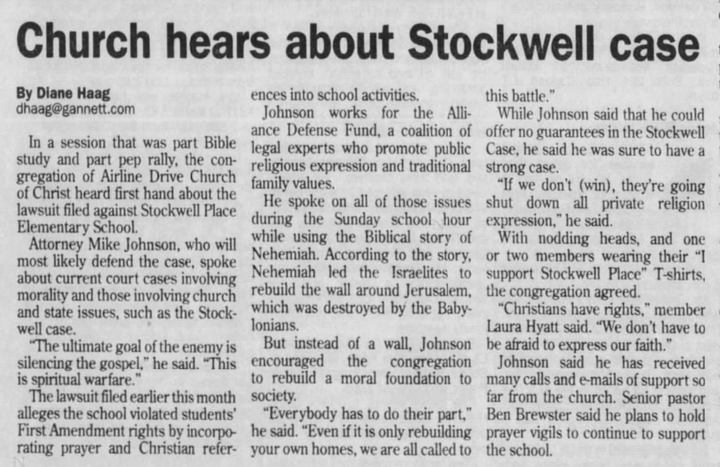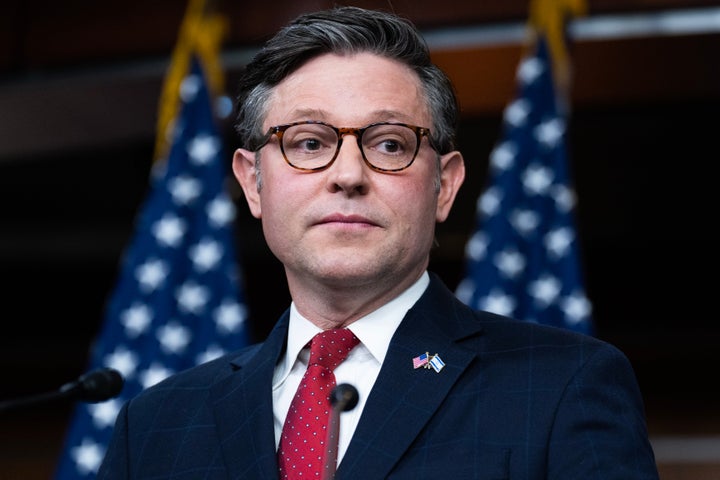Legalize Public Cannabis Consumption

“Smells good.”
If you smoke weed outside, especially in a city, there’s a pretty good chance you’ve heard that statement of fact from a stranger. It happens to me at least once a week, usually a lot more.
Look in the pages of the New York Post, Wall Street Journal, and The Atlantic, watch local news, or listen to politicians, though, and you might be fooled into thinking that weed does not, in fact, smell good. Wild, right?
Under titles like “I Don’t Want To See You Get High” and “NYC’s Disgusting Pot Stench Is Keeping Tourists Away,” those loud voices fed up with loud smells are the last gasps of prohibition’s fading foghorns. Weed won and the world hasn’t fallen into disarray (well… at least not because of weed), so cannabis critics are reaching for anything they can to push back against its growing role in American life. These smell sheriffs might even support legalization, just as long as they can’t see or smell it.
But legalization without the guarantee of safe, free, and open consumption is not legalization at all, and while much of the discussion from inside and outside of the weed industry is about, well, industry, New York has quickly shown us that the right to public consumption should be one of the most important facets of any and every legalization law.
New York has been the most important domino to fall into place on the legalization map since California and this conversation is only coming to a head now because of The Empire State’s uniquely progressive consumption laws. Out of 38 states with some form of medical or adult-use cannabis laws on the books, New York is the first to allow public cannabis consumption. Anywhere you can legally smoke a cigarette in New York, you can also smoke weed.
In the other 37 states, cannabis use is largely restricted to the whims of property owners. Sure, some states have consumption lounges, although few and far between, but those are also businesses looking to turn a profit, adding another layer of transaction before renters, tourists, or the unhoused can legally consume their supposedly legal weed. In most legal weed states and cities, there are no consumption lounges, and those without property in their portfolios are forced to ask a landlord for permission or continue breaking the law to consume in public.
And so now, in the only state to recognize the catch-22 of legal cannabis consumption and allow smoking in public, the city’s media and politicians are arguing that smokers need to cut it out and go back to hiding – to some people, weed smokers just can’t win.
These screeds against the smell of weed sound eerily similar to the weak arguments used to shame protestors who can never march peacefully enough, queer people who won’t assimilate to hetero norms enough, and unhoused people who can never be quite out of the way enough. If everyone would just pursue a more free and just world a little more politely and out of the public view, the cause would finally get some respect. Sometimes perfect is the enemy of progress though, and trying to fit a non-consumer’s constantly shifting definition of perfect is always a losing battle.
Instead of trying to cater to the loudest detractors and shape our community into impossibly perfect stoners in their eyes, hiding in shadowy alleys or breaking our leases to smoke inside, I reject the claims that the smell of weed is a public nuisance. People love the smell of weed.
Fighting anecdotal evidence of offensively pungent subway stations and tourists turned off by a smoked out Times Square with my own lived experience, I smoke weed outside just about everywhere I go, in cities where it is legal and cities where it is not, and the compliments I get on the scent exponentially outweigh the complaints and dirty looks. On sidewalks, in parks, at restaurants, and in stores, people love to comment on the smell of weed, and they are almost always smiling when they do. Everyone I know who smokes weed has the exact same stories.
American cities smell like weed and are filled with weed dispensaries – both licensed and not – because Americans love weed. Legalization is often pitched as an easy way to stop unnecessary arrests and boost tax revenue, and it has been, but politicians and pundits often overlook the reality behind much of the support for legalization; millions of people love to smoke weed – just look at the sales numbers! – and they want to do so without breaking the law or risking the ire of their landlord. At this point, it doesn’t seem like too much to ask for.
In many cities, including where I live in Philadelphia, where cannabis is only legal medically, public consumption has become fully normalized despite rules restricting it. That’s a good thing, but it also allows police to continue to use weed as an excuse to stop, search, and selectively harass people they would otherwise have no reason to. This same pothole in the legal weed landscape looms over people in California, Nevada, Michigan, and every other legal weed state outside of New York. Legalization at the discretion of police and property owners is not legalization at all.
It is time for all cannabis laws to follow New York’s lead and include provisions for public consumption. It is a fight that should stand alongside the battle for home grow provisions and farmer’s market distribution systems as a necessary prong of social and financial justice-focused legalization efforts.
Cannabis legalization cannot stop at buying and selling, we must legalize the free and open consumption of weed everywhere that it is legal.









